Why Your Website Isn't Ranking for Your Brand Name
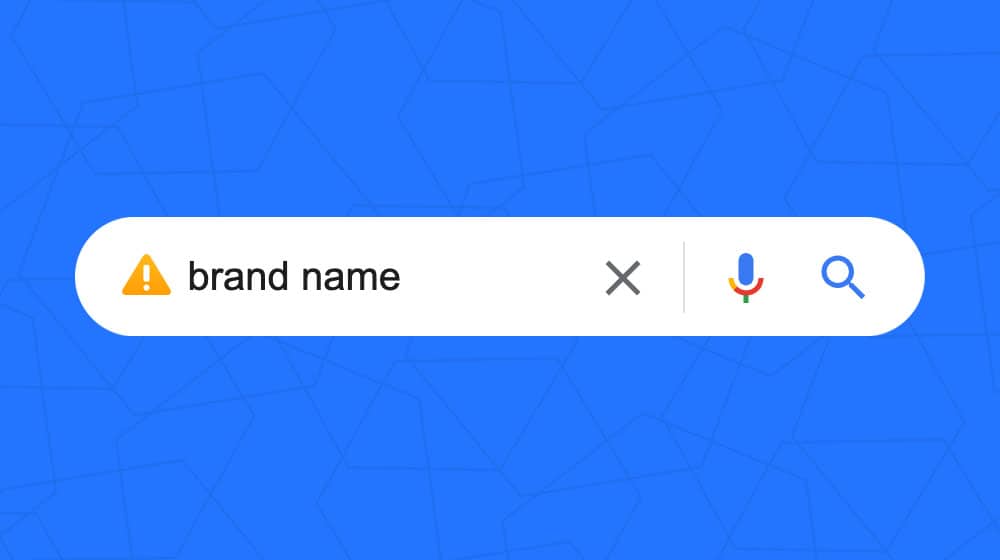
Sometimes, you've been running your site for a while, and you just aren't ranking for your own brand name. No matter what you do, you can't seem to get on that first page of Google.
You've already checked all the obvious. (If you haven't checked these, do so first, then come back here.)
- Your site has been around for at least a year or two, so you aren't hitting sandbox or new site issues.
- You haven't violated any big SEO or marketing rules, so no manual actions or significant penalties hold you back.
- You know more or less what you're doing, so you have no duplicate content issues, link issues, and so on.
- Your page loads quickly, there are no broken scripts, your images are optimized and being served in next-gen formats, and so on.
- You have a mobile site, so you aren't suffering under those sorts of penalties either.
In other words, you've already read most of those "why aren't I ranking?" articles, you've already checked each of the items on those lists, and you're still having trouble finding a concrete reason why you're having issues ranking on Google for your brand name.
So, what is the problem? Is it your marketing strategy, your links, or your content?
 30 Second Summary
30 Second Summary
You can improve your brand name rankings if your site isn't showing up on Google's first page. You'll need to check if your domain name might be the issue, as Google treats keyword-based domains differently since 2012. To fix this, you should expand your site structure with important pages like About and Contact sections. You need to create more high-quality content, remove low-quality posts and fix problematic links. You'll also want to speed up your site and improve user experience metrics to show Google you're a legitimate brand, not just a thin website.
The Domain Problem
Very frequently, when I see a website struggling with this issue, and they aren't ranking, the problem is their domain name.
Back in the years of the distant past, before 2012, the internet was full of websites with keyword domains. You'd have sites like "AtlantaPlumber" and "RentCars" and the like, everywhere.
See, back then, Google was nowhere near as sophisticated as it is today. If you had a keyword on your website, Google might have been more likely to rank your website for that keyword. The more similar keywords you used and the more prominent the positions, the more rank you'd get out of them. They tried to stop this by penalizing keyword stuffing, but that led people to use target keywords in more important places, including the domain name.
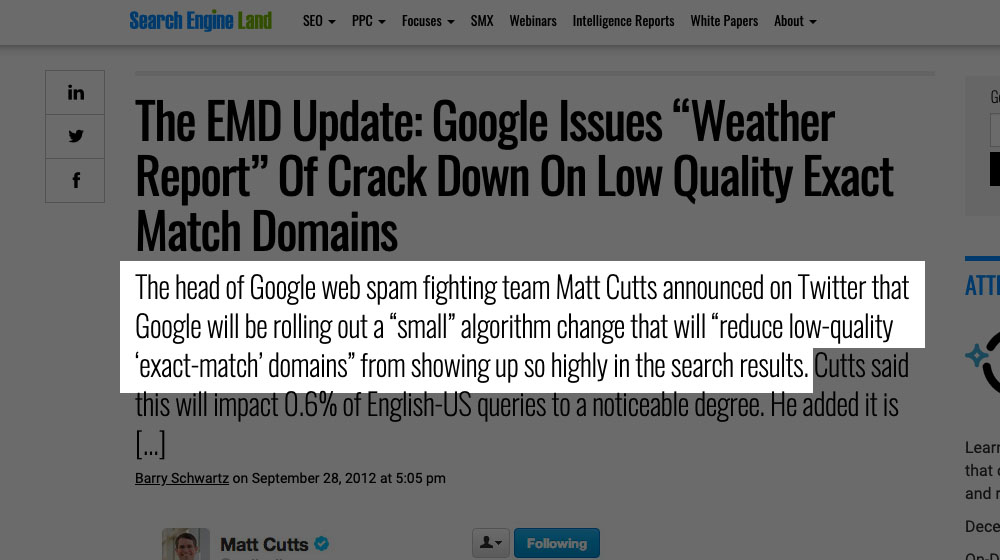
People would register hundreds or even thousands of domains with valuable terms, upload a quick website template, and start to rank a new website with minimal optimization effort. I've been a webmaster and SEO for nearly 15 years, and I was one of those people at one point. And guess what? Those websites ranked for my search terms - for a while. Some site rankings were more impressive than others, which is why this strategy was more effective in bulk. These websites proliferated the front page of Google and annoyed searchers.
In 2012, Google released the EMD update and impacted the large majority of those sites. EMD, or "Exact Match Domain," means a website with a keyword as the URL. It mainly hit a lot of sites using bad TLDs (RentCars.xyz, for example, rather than RentCars.com), but it did still hit a lot of .com domains as well.
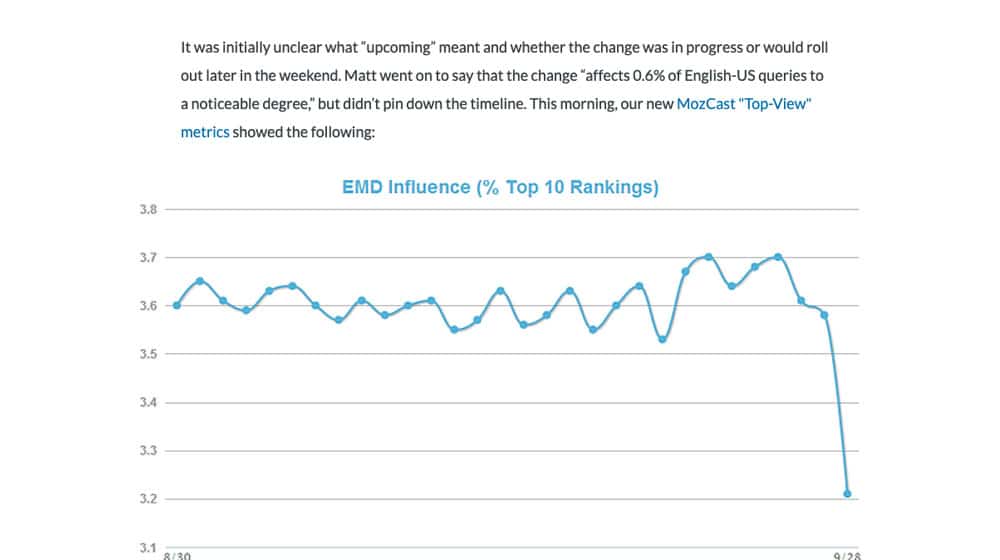
This update was only a year on the heels of a significant Panda update, so Google had already implemented a powerful new way to penalize sites with thin and copied content.
Unfortunately, many of those websites were legitimate brands that just got sorted into the wrong bucket, and their website suddenly was nowhere to be found when searching for their business name.
A Two-Tiered System
Even back in 2012, Google was trying to add nuance to the sites they penalized. There's nothing inherently wrong with using an exact match keyword as a domain name, if and only if you build a brand around it. Sites like Hotels.com still exist and thrive despite their keyword domains.
When Google detects a site with an exact match domain, they apply a bunch of tests to it to see if it's worth ranking or not. These tests look for signs that the site isn't doing much in the way of legitimate marketing. Instead, they look for websites that rely on the power of their domain to carry the day.
They sort the site into one of two "buckets." On the one hand, you have the sites like Hotels.com, which put a lot of work into building a brand and a web presence. In the other bucket are the thin sites, low-effort cash-in attempts using SEO advice that hasn't been relevant in a decade. (The second bucket is more like a trash bin.)
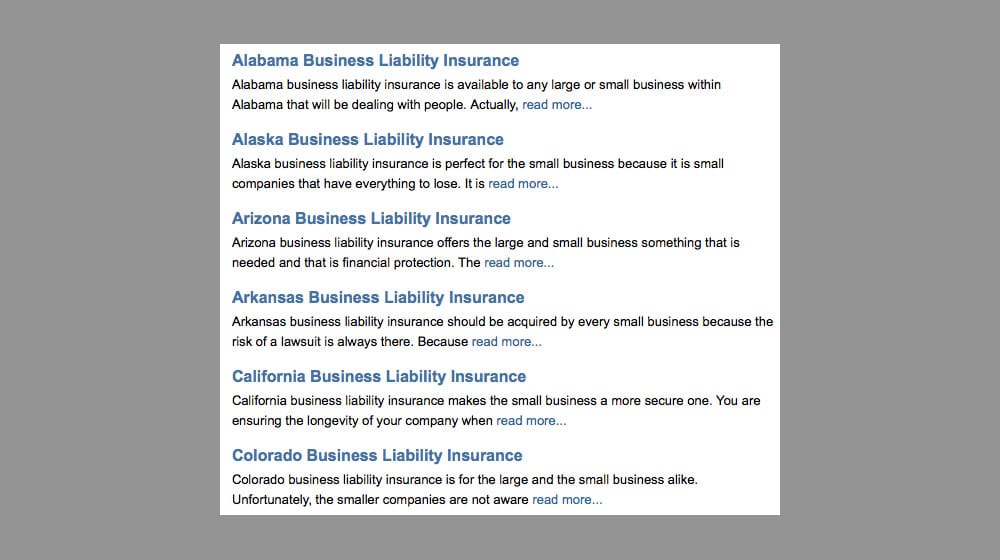
Those second sites, in my experience, typically fall into one of three categories.
- Websites well over 10+ years old have been using a mixture of old and new SEO advice and need a little housekeeping to get on the right track.
- Websites run by well-intentioned individuals who may not know what they're doing or have outdated ideas for what good SEO looks like. Often, an SEO specifies certain things for the website based on some advice they got ages ago and refuses to research more.
- The sites that are intentionally quick cash-ins. See, EMDs can work well for a short while, and there's usually a few months where the site owner can play off Google's benefit of the doubt to make a bit of quick cash before disappearing and starting over with a different keyword (or selling the website).
The third kind of site here isn't really what I'm talking about today. Those people know what they're doing and are intentionally exploiting loopholes and delays in Google, and they don't want the advice I'm going to give. The other two sites, though, can be improved and moved from one bucket to the other. That's the end goal.
The question is, how can you do it?
Moving from Thin Website to Legitimate Brand
There's a lot you can do to help pull away from the pack of thin sites and into the world of legitimate brands. Some of these tips may be strategies that you're already familiar with, but some of them could be new to you, so I'm going to go over as many tips as I can think up.
Expand your site architecture.
A big problem with many sites I see is architecture and navigation that don't make sense or help users find their way around. Some websites decide to lump all of their content into one or two big categories. Others insist on splitting their site into dozens of subcategories, even if a bunch of them have overlap. I've even seen websites where the main drop-down menu has multiple entries that all point to the same page!
It can be worthwhile to do a full website chart and reorganization. Think about the logic of your site; top-level pages like store pages, blog pages, About pages, etc.; then any pages that logically go into subcategories of those, like blog categories, or different kinds of About content like a Company History/Timeline, a Privacy Policy, and so on.
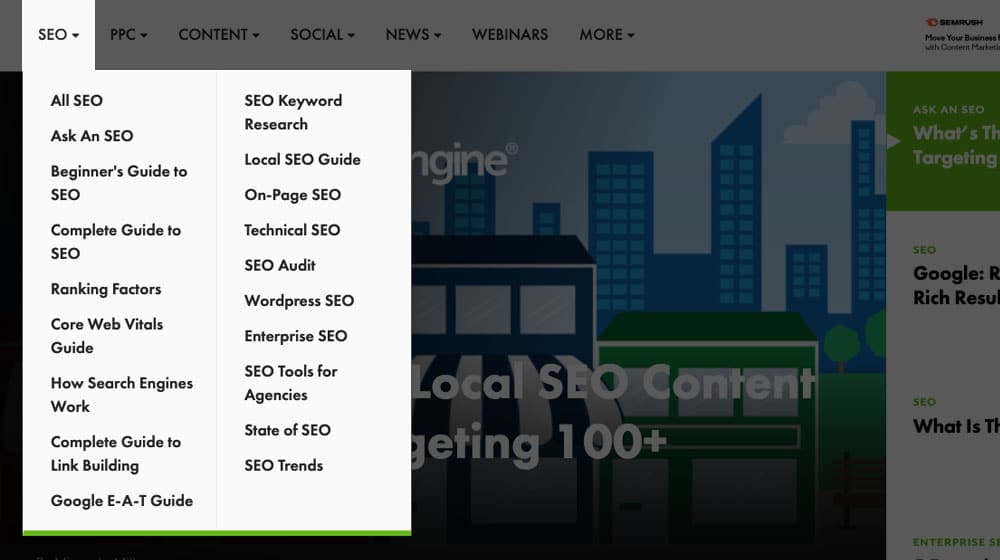
Reorganize your site structure to have a more logical, consistent, and easily navigated flow.
A business page without these important pages can look too thin and suspect, which brings us to the next step:
Build up a more extensive library of good content.
I might be a little biased, but I've always found that the single best way to build authority and clout in terms of Google search ranking is to blog. Every blog post you publish is a new chance for your site to rank, build authority, trustworthiness, and thought leadership. Google's E-A-T algorithms estimate how much authority and trust your site is worth, so the more quality content you have about topics in your niche, the more likely you are to rank highly.
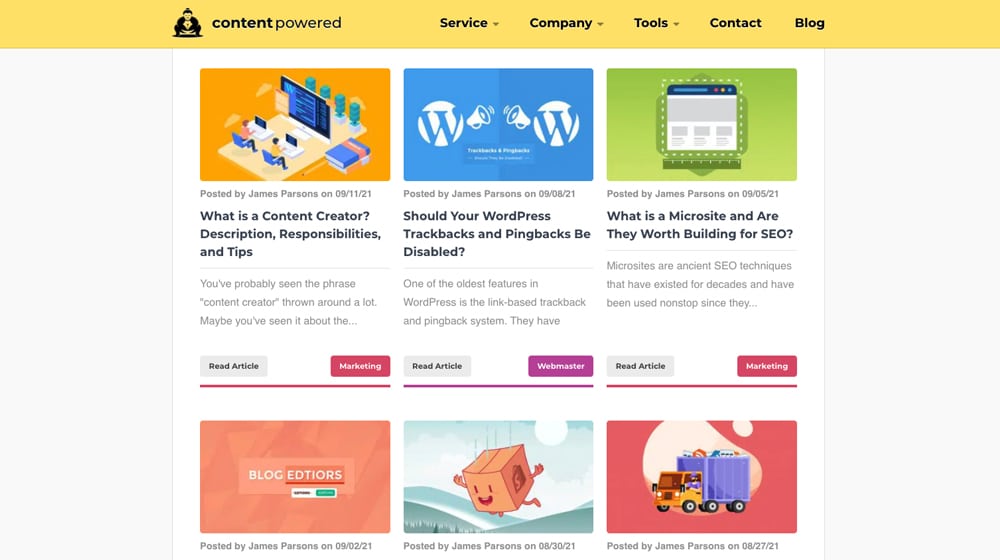
Are there counter-examples? Sure. Heck, the primary example I've been using, Hotels.com, doesn't even have a blog. The trick is, many of these sites go all-in on providing a comprehensive tool and service to users. On top of that, they've been around for decades. Hotels.com has been around since 1991! It's practically a dinosaur in internet terms.
For those of you who haven't spent the last 30+ years building authority as a brand, you need to use modern techniques to do it. It's pretty rare today that a site can build a tool and rank because of it unless it is instrumental and gets a lot of links and traffic from many high authority sites.
Audit existing content and nuke the bad stuff.
I strongly urge anyone with a site older than a few years to perform a full content audit. If you aren't keeping up with modern SEO strategy, this is especially valuable. Even more so if you're an older site and you're struggling to rank.
Why? I find that many older sites have a lot of older content on them and that older content isn't up to snuff. Perhaps you forgot to use your title tag or meta descriptions, or you were using a lazy content marketing company. Even if the content isn't duplicated, it could be generic or low-quality enough that it's just dead weight.
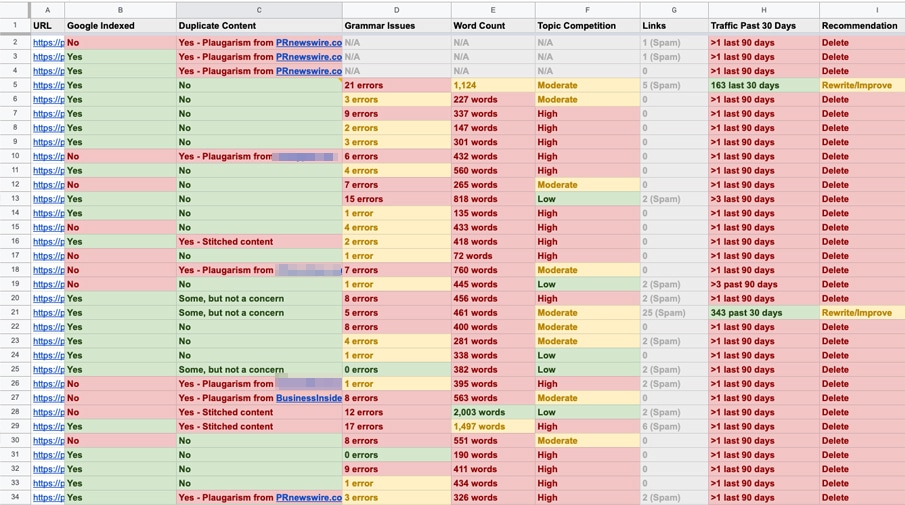
I have a complete guide on performing a content audit here. Please give it a look, review your content, and get rid of the stuff that's holding you back. It'll probably raise your search rankings even if you don't do anything else, to be honest. Just make sure the pages you're deleting don't have any strong backlinks, conversions, or organic traffic. You'll also want to look for red flags, like a large drop in your click-through rates in Google Search Console or disappearing from the Google Search Results completely.
On many occasions, I've deleted anywhere from 100 to 1,000 blog posts on a website and saw the organic traffic increase by 200-500%. If you have content that isn't indexed or yielding any significant traffic, there's a chance that it's actually holding you back. If you're not able to delete those pages, you may be able to noindex them instead or block them in your robots.txt file.
Audit your links and remove, nofollow, or rel=sponsor them as necessary.
Another audit you should perform is a link audit. Thankfully, this is faster to do than a content audit (usually).
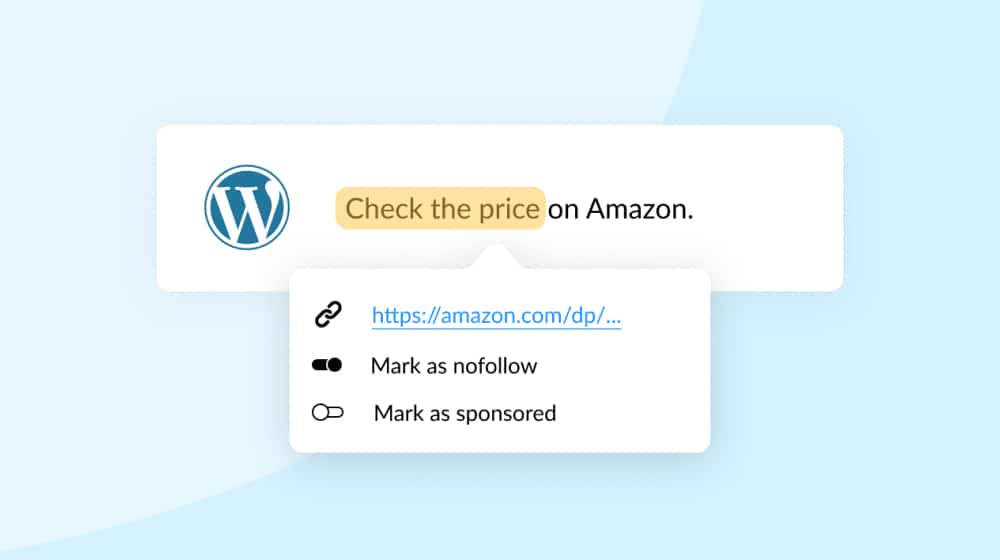
You can use automated tools to scrape and compile all of your links (WordPress even has some easy plugins to do it for you) and test them.
- You should remove broken links. If they were essential to the post, you can fix them and point those broken links to comparable live resources.
- Links that point to no-longer-relevant sites, 404 pages, and through redirects to homepages should likewise be removed or replaced.
- Links that point to low-quality sites should be replaced with links to higher-quality sites (or removed).
- Questionable links should be nofollowed.
- User-generated links should be flagged with rel="ugc"
- Links that are monetized in some way (through sponsorships, affiliate links, etc.) should be rel=" sponsored".
Chances are, this will eat up a majority of your old links and a lot of your newer links. I always err on the side of caution with nofollowing my external links, and I recommend others do as well. A few low-quality outbound links won't hurt a site, but a suspicious trend of spammy backlinks might.
While you're at it, work on adding more internal links. You probably have a lot of posts that reference topics you didn't have content about at the time, but do now; interlink them.
This is, by the way, why I put the link audit after the content audit. You don't have to care about links on, to, or from pages that you're removing.
Double-check for plagiarism and copied content issues.
Old sites (especially websites from the bad old days before Panda) often have issues with duplicate content. Sometimes, whoever ran the website just copied content from elsewhere, and before 2011, that strategy may have worked.
These days, of course, plagiarism is taken seriously, and search engines primarily reward the original publisher of that content. So, invest in a tool like Copyscape/Copysentry to scan your site and look for duplicates online.
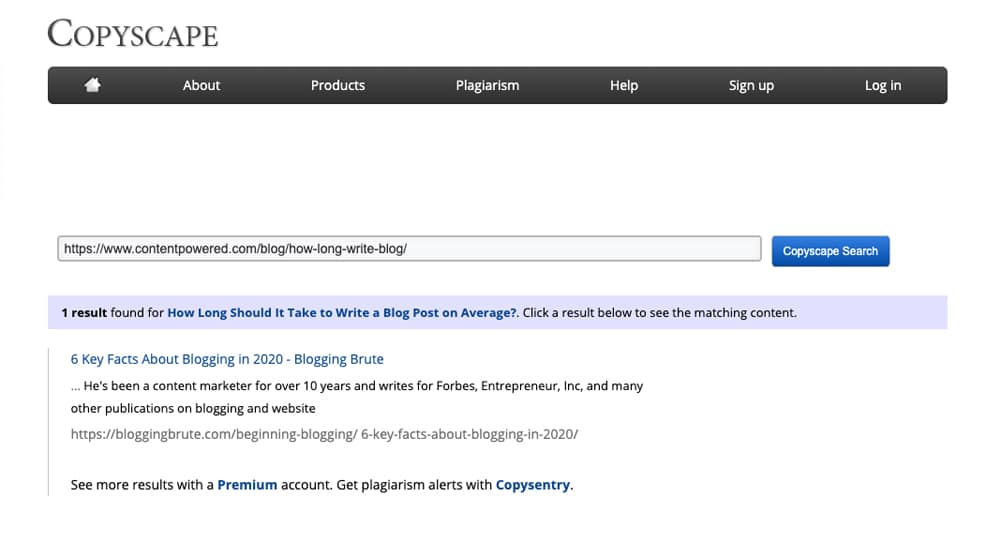
If you find duplicates (and you probably will), determine whether they're stealing your content, you stole theirs, or if it even matters.
- If the content was yours originally and is worth keeping, take steps to get it removed.
- If the content wasn't yours initially, get rid of it.
- If the content isn't good enough to save, get rid of it.
This process is another reason why I decided to save this step for after the content audit; a lot of the more problematic posts will be gone by the time you reach this step.
Optimize site speed, load times, and Core Web Vitals.
Google prefers sites that load quickly and don't have issues with content jumping around as they load. Their page speed updates, Core Web Vitals, and other modern algorithmic changes push site owners towards a fast and reactive internet.
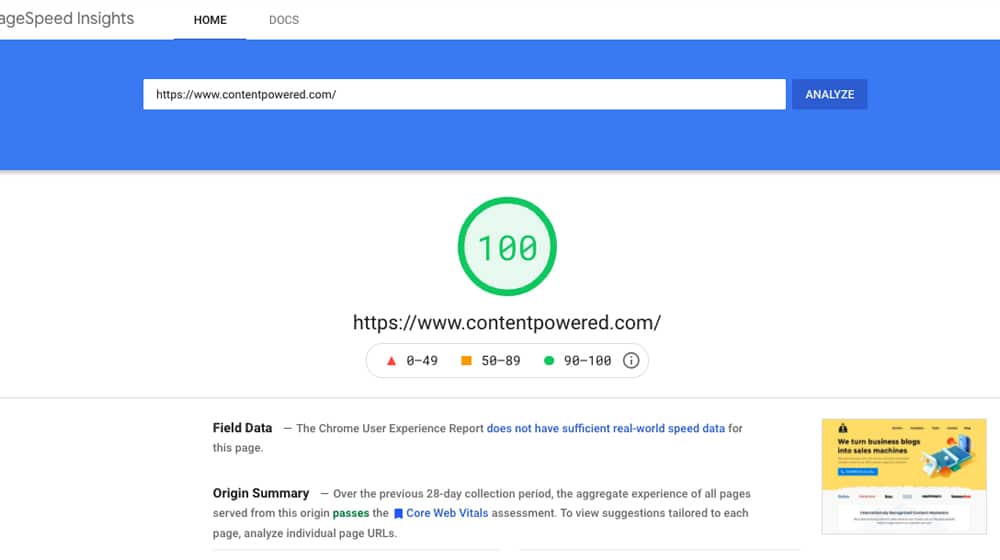
On top of that, Google is not just looking at your page speed; they're also looking at your user experience. If your page is loading in a clunky way, or if significant elements are shifting around, that can hurt your page experience and your Core Web Vitals metrics.
Do what you can to speed your site up, optimize various aspects of modern SEO, and work on your Core Web Vitals.
Wrapping Up
The larger a site is and the more quality content it has, the more its ranking influence will grow. Thin sites won't rank well, even for their brand name.
Consider publishing to your blog at least once per week, if not more. Shake off the cobwebs! Work on link building, improve your user experience, and continually add new pages to your website. Let Google and users know that the site is actively being maintained and that the lights are still on. You'll notice that Googlebot will start coming by more frequently to check for your fresh content, and your entire site will start to rank better as a whole. Nothing happens fast in the SEO world - be patient, and your hard work will pay off.
Beef up that site, and you'll be able to move from the shady EMD spammer bucket to the legitimate brand bucket in no time.
Are you having issues showing up for your company name in organic search results, or is your page not ranking for critical company terms? Please let me know in the comments below! I'll redact your website URL before approving your comment and give you detailed feedback on what you can do to improve.



 30 Second Summary
30 Second Summary

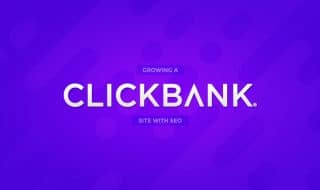

March 21, 2022
Do you think the EMD update is still causing this?
March 25, 2022
Hi Troy!
From what I've seen, a version of the EMD penalty still exists.
With websites whose domain is a high traffic keyword, if their site is very thin, low effort, and not updated very often, it will struggle to rank for their brand name (which also happens to be a high traffic keyword).
Here's a good guide on how to fix thin websites that you might find helpful; I've successfully used this strategy to improve EMD sites that weren't ranking for their brand names:
https://www.contentpowered.com/blog/thin-content-site-fix/
I hope this helps!
July 24, 2022
Thanks for linking that, James. I'll see if it works for me, too.
July 29, 2022
No problem 🙂